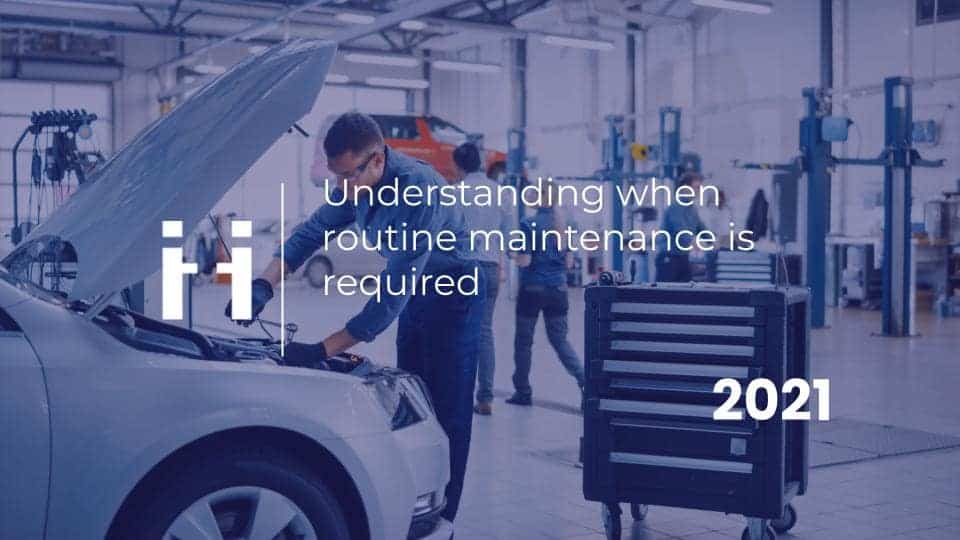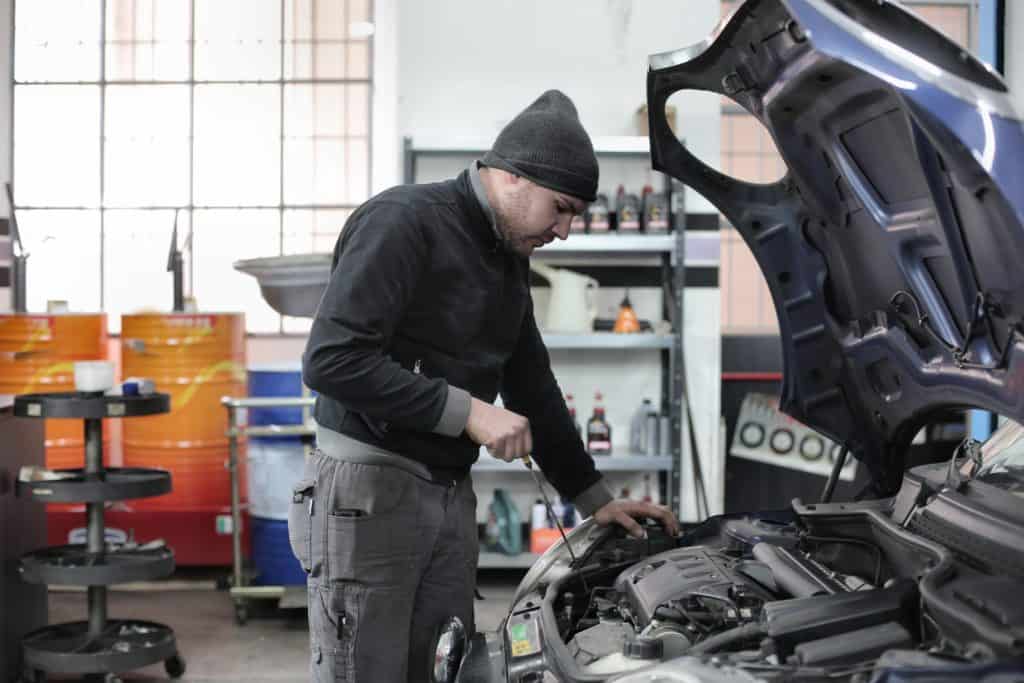
Share this article
Share this article
Anything with moving parts (mechanical), such as an engine, or a unit driven by a belt or shaft from an engine or electric motor, will have specific routine maintenance requirements, to ensure its optimum performance in the long term. The same also applies to motor vehicles, if you are to avoid those annoying roadside breakdowns which often end with a tow to the nearest gas station.
However, there are several different maintenance types available.
Although each type has its place in a well-thought-out maintenance strategy, preventive maintenance is the preferred option in most situations, and includes any routine maintenance required by an asset.

Routine maintenance includes the regularly planned servicing of any asset or piece of equipment to ensure it operates at its most efficient and minimizes the risk of asset failure.
An automobile is a good case in point, where the maintenance regime would be a mix of the routine maintenance required, inspection, condition-based maintenance, and corrective maintenance. For example, the vehicle lubricating oil and filters would be replaced regularly (usually based on miles covered). At the same time, the brake pads and hoses would be subject to a visual inspection, to determine the depth of pads and condition of water hoses and whether they should be replaced.
All modern automobiles are fitted with onboard computers, to monitor and record everything happening within your vehicle from the moment you turn the key or push the button.
Built into the computer by the manufacturer is the optimal vehicle service schedule, based on miles covered or engine run times. However, over time, engine lubricating oil begins to lose its viscosity, with the risk of serious damage to the engine. Hence, usually around 7/10-thousand miles, your vehicle’s dashboard ‘routine maintenance is required’ warning light will inform you the vehicle is due an oil and filter change. This is nothing to be alarmed about, but you should take steps to get your car serviced within a couple of weeks.

Today’s modern cars have dashboards as complex as an aircraft cockpit. With so many gauges and meters, drivers don’t have to guess what’s wrong when it comes to maintaining their vehicle. The dashboard usually indicated where the problem is located.
You have warning lamps to tell you if a door isn’t properly shut. Lamps to inform you of low oil or water levels. And lamps to inform you a bulb has blown, disc pads are worn, or brake fluid levels down.
Virtual inspections are also becoming a popular option used by hire car companies, to ascertain what is required at a roadside breakdown, or to determine the amount of vehicular damage after an accident. All done without having to leave the office.
Nonetheless, it’s never a good idea to rely wholly on artificial intelligence. Instead, take an hour every week, and definitely before every long journey, and do any routine maintenance required yourself. Check tires for uneven wear and tread depth. Do a visual check on oil, coolant, and washer bottle levels. Check brake fluid levels and state of brake pads, and replace or top up all as required.
Mitsubishi’s service reminder system is based on vehicle use and operating conditions. At its most basic, it informs the user/owner when an oil and filter change is required. But it goes further than that. The life of your engine oil is not solely based on miles covered, but the strain put on the engine, work-load, and temperature.
Mitsubishi’s system allows the vehicle owner or technician to input the intervals between services based on mileage and personal usage. For instance, they recommend:
Once the new mileage figures have been entered, your vehicle’s computer will light your dashboard warning lamp at the required time, indicating that service is required.

In the world of mechanics, whether it is manufacturing, construction, or industrial equipment; boats, trains, planes, or automobiles, solid, scheduled routine maintenance is required to keep the wheels turning and equipment operating.
When undertaken by fully trained, competent engineers and technicians, regular routine maintenance, combined with any pre-emptive maintenance required, should minimize the need for any reactive, or emergency maintenance.
Not everyone can afford a new auto straight out of the showroom. So if you’re buying second-user, be sure to ask the seller for the vehicle’s service history, and have a look to see if all the routine maintenance required has been carried out over the years. In the case of the family 4×4, it could mean the difference between a reliable, dependable vehicle, or one likely to breakdown in the desert, with the car full of kids and the family dog.